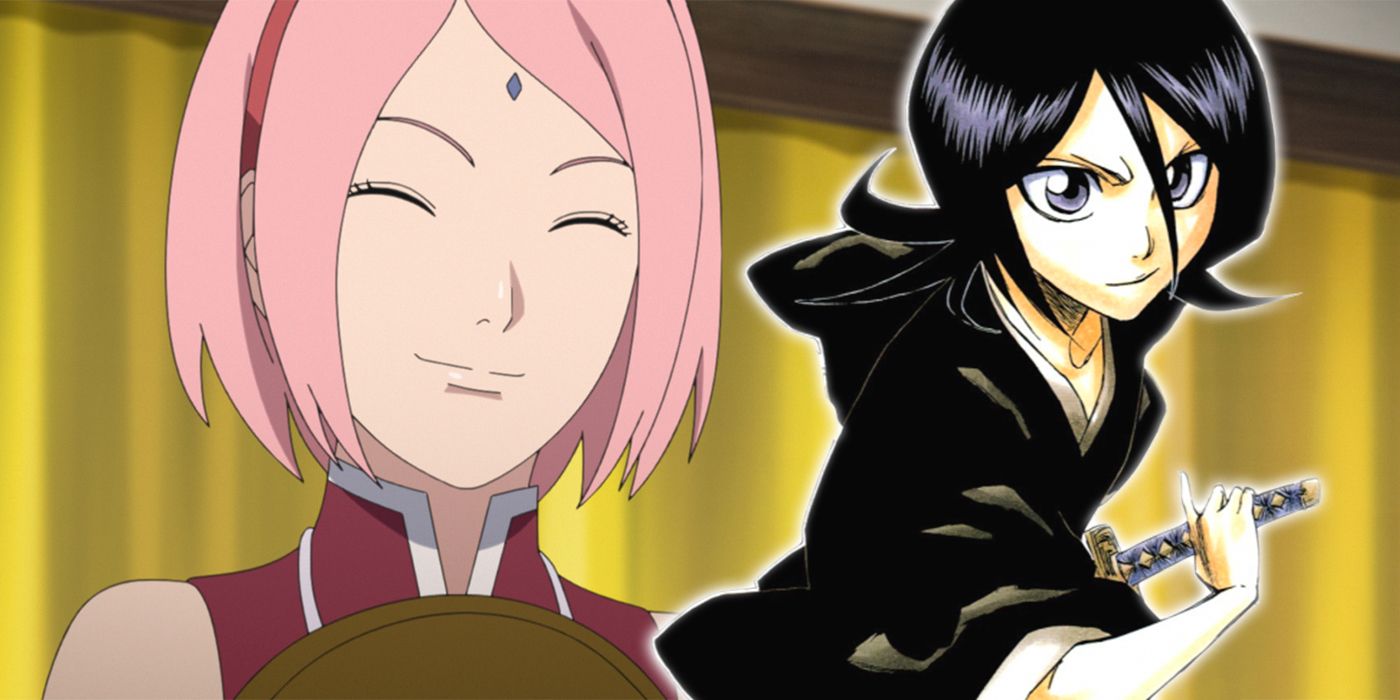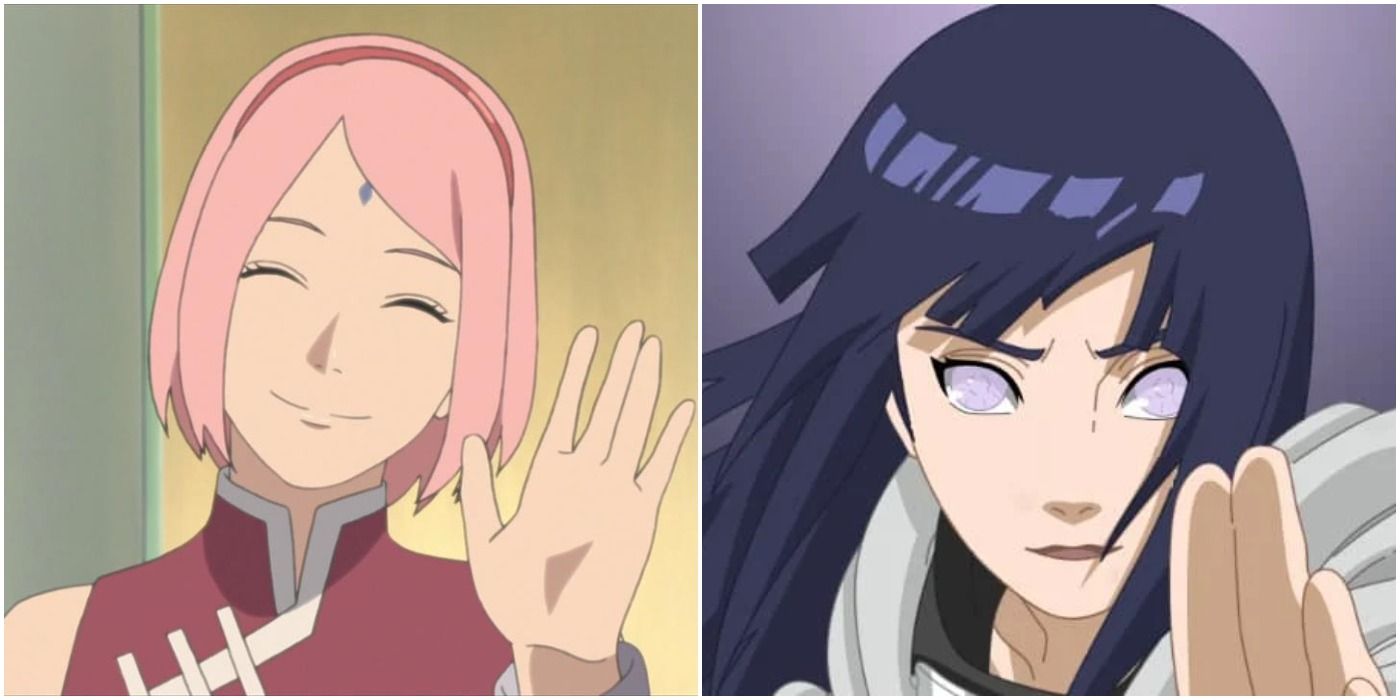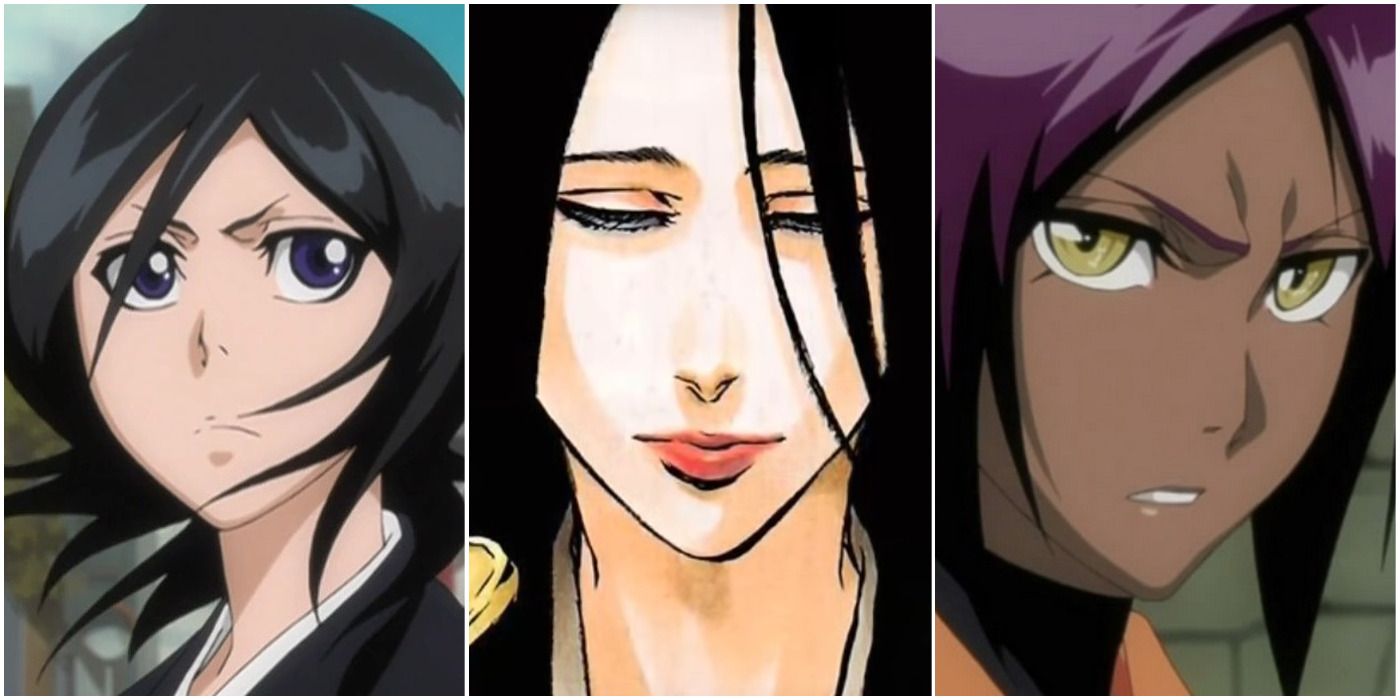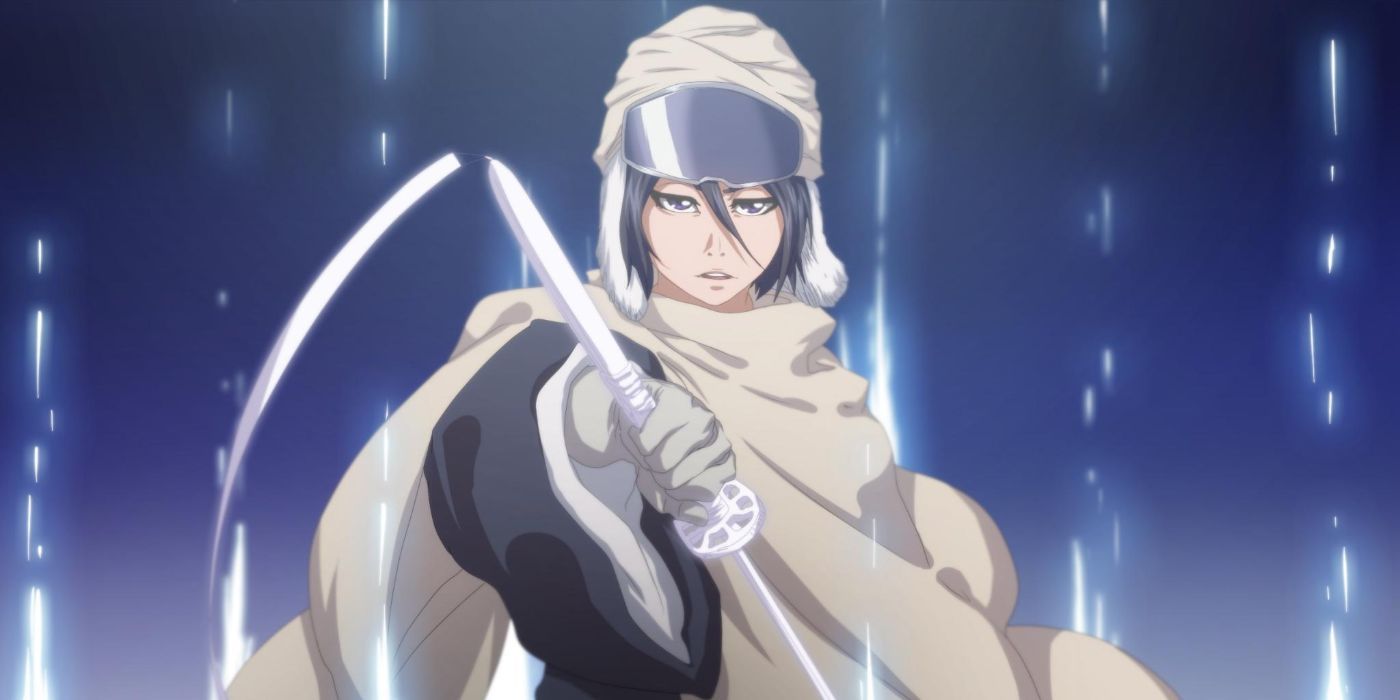Shonen manga is infamous for its treatment of female characters. There are exceptions in which the female cast outshine their male counterparts on more than one occasion, such as the power of Ezra from Fairy Tail or the entire Claymore franchise. However, a core component of shonen manga is that it's directed at young males, and the limelight for the protagonists is generally shone upon a heroic male figure, such as Naruto Uzumaki or Ichigo Kurosaki. Both Masashi Kishimoto’s Naruto and Kubo Tite’s Bleach have a loaded cast of female characters.
When comparing the representation of female character between Bleach and Naruto, there are some stark differences in how they are handled. The importance of a character in a manga is not only raw strength and power, but also their development, their interactions, and their personal character arc. By analyzing the female characters in both series, it is possible to observe which series offered more time and consideration into the crafting of strong female characters.
Naruto
Sakura Haruno is one of the members of Team 7, alongside Naruto Uzumaki and Sasuke Uchiha, making her one of the main characters of the series. For the first half of the manga, her portrayal is focused primarily on her mental development, which is superbly written. She is gifted in chakra control, however, her lack of ninjutsu and low-level taijustu quickly had her fall behind her two male counterparts combat. When Naruto: Shippuden begins, there is a ray of hope as her training increased her physical strength beyond superhuman levels. Yet, this hope is soon shattered as her arc retracts back into the observer of Naruto and Sasuke’s journey.
Hinata Hyūga has one of the greatest arcs of confidence in the manga. She begins as a timid girl, unsure of her power and place in the world due to complicated Hyūga family traditions. She evolves into a character willing to be the last line of defense against the Ataksuki leader, Pain, when all hope is lost. Again, internally, her development is sublime, but similar to Sakura, her position in combat scenarios is subpar. Temari of the Sand enters the story as a strong, smart and confident character, and she keeps these traits, even evolving to more of a leadership role in the Great Shinobi War, but many of the female team members are left to support roles or overshadowed by the feats of their male teammates.
A controversial twist at the end of Naruto: Shippuden is the summoning of Kaguya Ōtsutsuki, revealed to be the final antagonist in the series. Her sheer power is second to none, able to fight Naruto, Sasuke, Sakura, and Kakashi Hatake simultaneously. Whilst this is a great feat of strength and worthy of a final battle, her arrival in the manga is rather jarring and after a monumental encounter with Madara Uchiha, it could be considered undeserved. If her character’s arrival had more foreshadowing and chance to develop, it would have likely been welcomed with wider arms.
Bleach
The most notable female character in Bleach is Rukia Kuchiki. She is present at the beginning of the series all the way until the end. By the final arc, she has not only grown into herself respectively, understanding her duty as a Soul Reaper, but her strength is greater than the majority of the captain class Soul Reapers in the series. Similar to Inoue Orihime, she played the role of the damsel-in-distress, she overcamethat phase of her character arc as one of the most well-developed and powerful characters in the series. Inoue may not have grown in power the same way Rukia did, but her mental strength began relatively secure and only strengthened to the point of being Ichigo’s most trusted ally in the series. Though, both Rukia and Inoue were the center of arcs focused on saving a captured female character. The standardized healing character, Retsu Unohana, turned the manga on its head in a similar vain to Tsunade and Sakura, but to an even greater degree. The foreshadowing of her development is layered throughout Bleach and the deliverance of her conclusion is certainly gratifying, if sadly not given enough time to fully flesh out. Yoruichi Shihōin is character who came into the series as a mentor figure for Ichigo, training him to achieve his bankai. As it is great to see a female mentor character for a shonen hero, her story had further layers to it due to her connection to the Soul Society, Soi Fon and important role in combating the antagonist, Sōsuke Aizen.
Even a character like Rangiku Matsumoto, who at first glance appears to be an over-sexualised token anime character, is filled with depth in her relationship with Gin Ichimaru, her responsibility as a Vice Captain and intellectual insight, even if she masks this with humor. That being said, there are other female characters who have personal developing arcs, but they are secondary to their male counterparts, and the Gotei 13 Captains are significantly split between eleven males and two females. In regard to antagonists, there is no major villain in Bleach who is female -- up until the very end of the series, the only substantial female antagonist in terms of high position and power is Tier Harribel, and her conclusion is rather unceremonious. Though, it is notable that many of the female villains from the series survived the wars, where the male characters did not.
When considering the above examples of female representation in both manga, Naruto shows internal development for the focal female cast, exploring their growth from children into reliable ninja. On the other hand, Bleach seemingly makes a stronger case for the usage of female characters throughout the series when it comes to their place on the battlefield, as well as giving some strong development to two central female characters. Overall, both series have position for strong female character portrayal, but the evidence suggests the Naruto series left the majority of the fighting to the male characters and Bleach portrayed a few fantastic battles starring female characters and gave their arcs growth. The verdict, when taking the shonen demographic into account, leans in the favor of Bleach, but only by a small margin.




